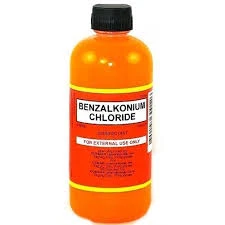flocculant water treatment
Flocculants in Water Treatment An Overview
Flocculants in Water Treatment An Overview
The use of flocculants is crucial in various applications, including municipal water treatment, wastewater management, and industrial processes. In municipal water treatment plants, for instance, flocculants help clarify drinking water by removing particles, organic matter, and pathogens. This not only ensures the safety of drinking water but also enhances its aesthetic qualities, such as taste and odor.
flocculant water treatment

Flocculants can be classified into several categories, with the most common being inorganic and organic flocculants. Inorganic flocculants, like aluminum sulfate, work by neutralizing the charges of suspended particles, allowing them to clump together. Organic flocculants, on the other hand, are often comprised of natural or synthetic polymers that can enhance floc formation through various mechanisms, including bridging and charge neutralization. The choice of flocculant is influenced by factors such as water chemistry, contaminants present, and specific treatment goals.
The environmental impact of flocculants is also a critical consideration. While effective, some flocculants can introduce additional pollutants into treated water, requiring careful selection and dosage to mitigate potential risks. Recent advancements in biodegradable and eco-friendly flocculants have prompted increased interest and research, aiming to minimize the ecological footprint of water treatment processes.
In conclusion, flocculants are indispensable agents in water treatment, enhancing the efficiency of sedimentation and ensuring cleaner water. As technology advances, the development of novel flocculants continues to evolve, focusing on improving environmental sustainability while maintaining high treatment efficacy. Whether for drinking water purification or industrial wastewater management, understanding and utilizing flocculants effectively will remain crucial in addressing global water quality challenges.
-
Water Treatment with Flocculant Water TreatmentNewsJun.12,2025
-
Polymaleic AnhydrideNewsJun.12,2025
-
Polyaspartic AcidNewsJun.12,2025
-
Enhance Industrial Processes with IsothiazolinonesNewsJun.12,2025
-
Enhance Industrial Processes with PBTCA SolutionsNewsJun.12,2025
-
Dodecyldimethylbenzylammonium Chloride SolutionsNewsJun.12,2025





